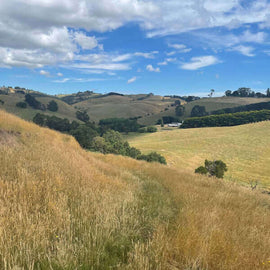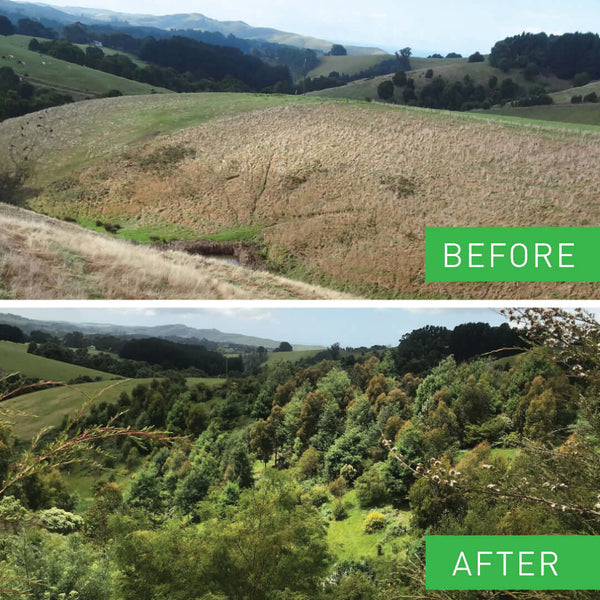
Whitehurst is located on Boonwurrung Country in South Gippsland, Victoria. Greenfleet revegetated this property between 2012 and 2021 to restore critical wildlife habitat, reduce erosion and deliver climate action.
Owner Rob Whitehurst purchased the property to serve as a tranquil holiday spot. As the property was prone to landslides, he partnered with Greenfleet to restore a native forest across the property to reduce erosion and improve soil quality.
The forest provides environmental benefits including climate action by removing carbon and biodiversity enhancement for local wildlife including wombats and echidnas.
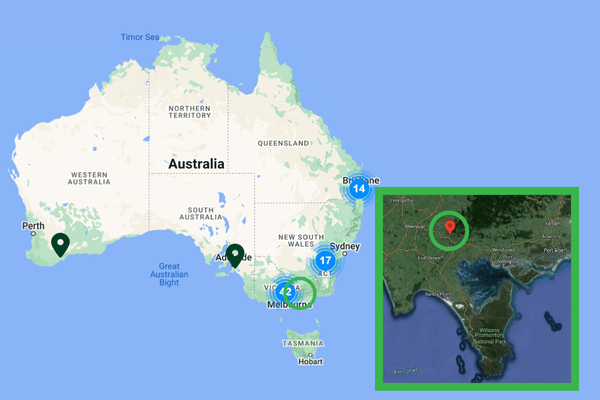
Location & Map
Found in the green hills of South Gippsland in Victoria, Whitehurst is a short drive north from the township of Foster, near the stunning Wilsons Promontory coastline. The property is situated next to existing forest, allowing this project to extend habitat for the local wildlife.
Parts of this area are known for its camping and hiking opportunities. The region is also known to experience high rainfall that can influence landslips in across the steep landscapes.
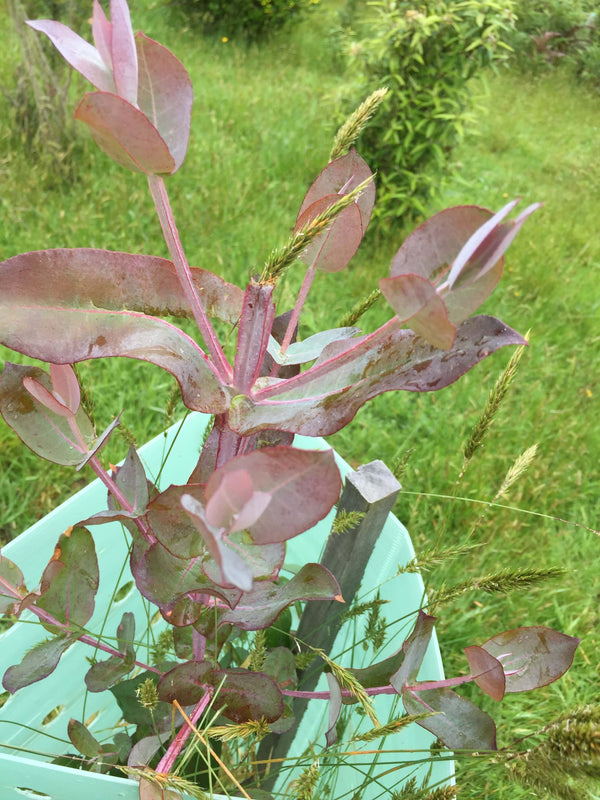
Species Selection & Revegetation Approach
Greenfleet’s initial planting occurred in 2012 with 20,000 seedlings added to the site. This included indigenous species to the area such as silver wattle (Acacia dealbata), southern blue gum (Eucalyptus globulus), and blackwood (Acacia melanoxylon). Blackwood is known to attract avian pollinators such as native birds, bees and other insects.
Another important species planted is the Strzelecki gum (Eucalyptus strzeleckii), a critically endangered tree species only found in the Strzelecki Ranges. Greenfleet restores this species in all revegetation projects in the region to help increase its prevalence.
With remnant vegetation surrounding parts of the forest planted at Whitehurst, Greenfleet utilised tree-guards in the revegetation approach to reduce browsing pressure from local wildlife.
We have now revegetated close to 16 hectares at the site with native species which are increasing biodiversity while reducing erosion.
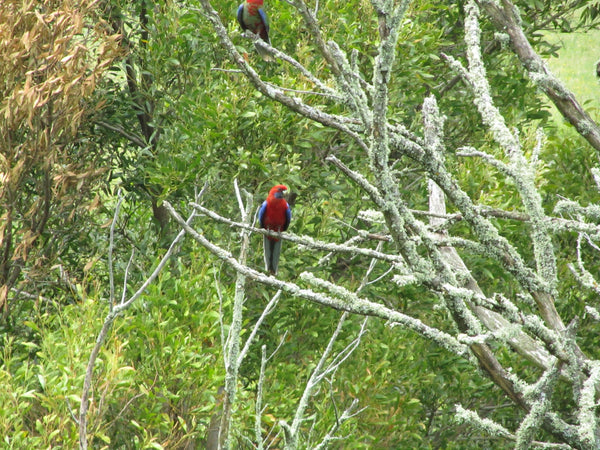
Wildlife Habitat Restoration
Today the property has a rich wildlife population, with echidnas, wombats and swamp wallabies all common within the forest. This rosella was spotted in the vegetation at the Whitehurst planting site.
It is hoped that as the forest continues to grow, it will also provide ideal habitat for other wildlife found in the area. Eucalypts used in the planting will provide habitat and food sources to the region’s koalas. For example, both swamp gum (Eucalyptus ovata) and southern blue gum (Eucalyptus globulus) will help form the forest canopy while benefitting this wildlife species.
Additionally, the forest growing is legally protected to allow it to grow well into the future and continue providing environmental benefits beyond this century. One such benefit of old-growth forests is that the trees can form hollows that benefit wildlife species such as possums and gliders.
Protecting Our Climate
Legally protected for 100 years, the forest at Whitehurst will deliver significant climate action over its lifetime. It will capture more than 21,000 tonnes of CO2-e from the atmosphere, which is equivalent to removing 4,883 number of vehicles from Australia’s roads for a whole year.
About Greenfleet
Greenfleet is a 26-year-old Australian not-for-profit environmental organisation protecting our climate by restoring our forests.
We plant native biodiverse forests to capture carbon emissions and help fight the impacts of climate change. Greenfleet is Australia’s first carbon offset provider and since 1997 has planted over 11.2 million trees creating more than 550 forests in Australia and New Zealand.
Our forests are legally protected for up to 100 years, conserving biodiversity, improving the health of
our soils and waterways, and restoring habitat for wildlife, including many endangered species.
Greenfleet grows forests and climate hope by empowering people to take tangible and long-lasting
environmental action.
Location Size
15.8 ha site near Foster, in South Gippsland, Victoria
Planting Dates
2012 and 2021
Species
- Blue gum - Eucalyptus globulus
- Silver wattle - Acacia dealbata
- Blackwood - Acacia melanoxylon
- Prickly moses - Acacia verticillata
- Silver banksia - Banksia marginata
- Dolly bush - Cassina aculeata
- Currant bush - Coprosma quadrfida
- Black box - Eucalyptus cypellocarpa
- Messmate stringybark - Eucalyptus obliqua
- Dwarf gum - Eucalyptus ovata
- Radiata pine - Eucalyptus radiata
- Mountain ash - Eucalyptus regnans
- Strzelecki gum - Eucalyptus strzeleckii
- Hop goodenia - Goodenia ovata
- Hemp Bush - Gynatrix pulchella
- White tea-tree - Kunzea ericoides
- Prickly tea-tree - Leptospermum continentale
- Dusty miller - Olearia argophylla
- Snow daisy bush - Olearia lirata
- Tree everlasting - Ozothamnus ferrigeneous
- Hazel Pomaderris - Pomaderris aspera
- Lemon scented tea-tree - Prostanthea lasianthos
- Kangaroo apple - Solanum aviculare




